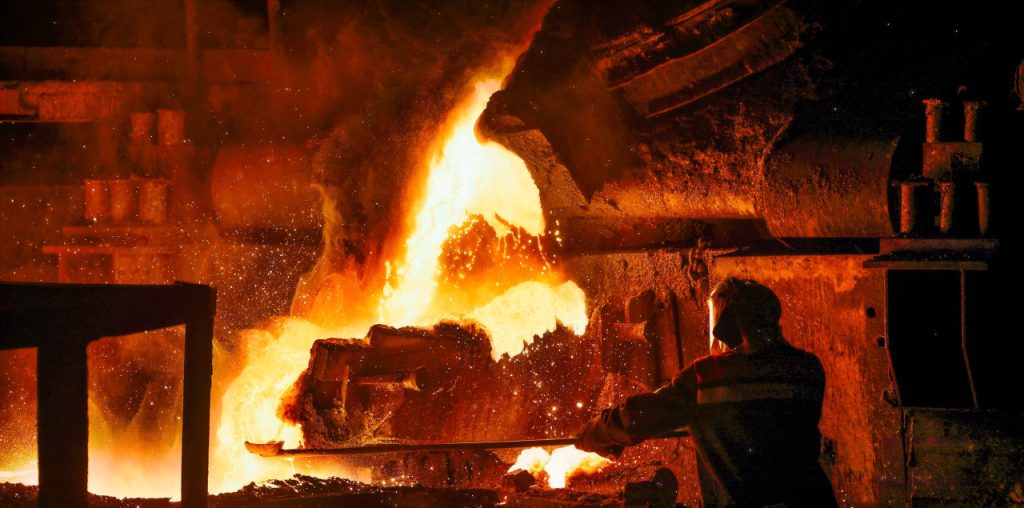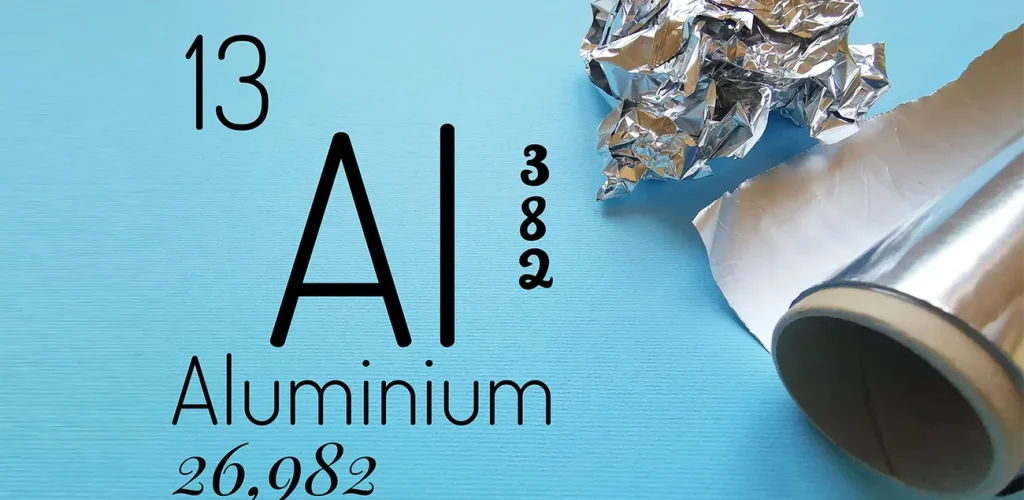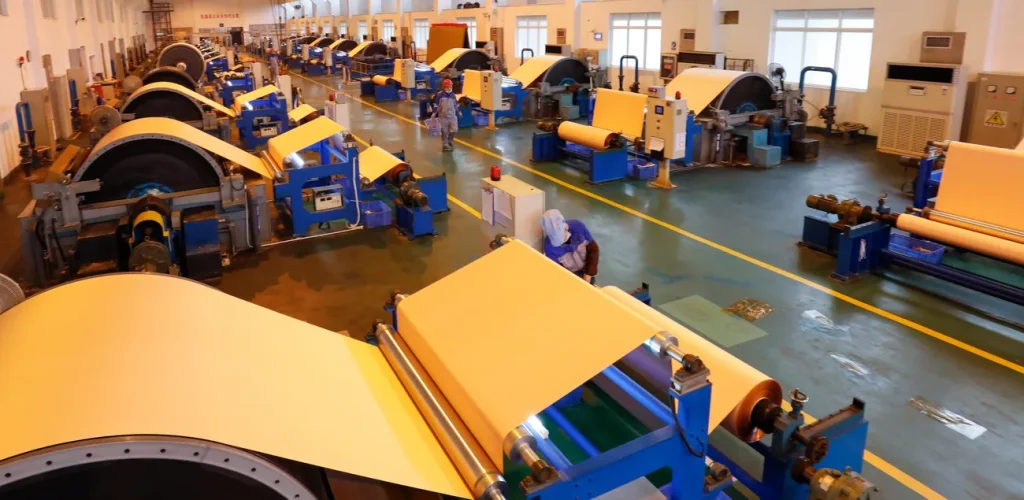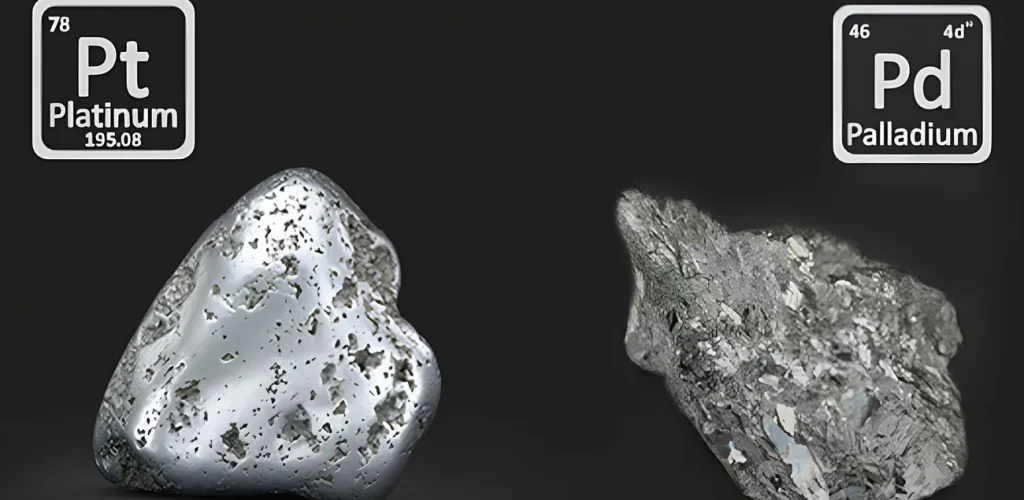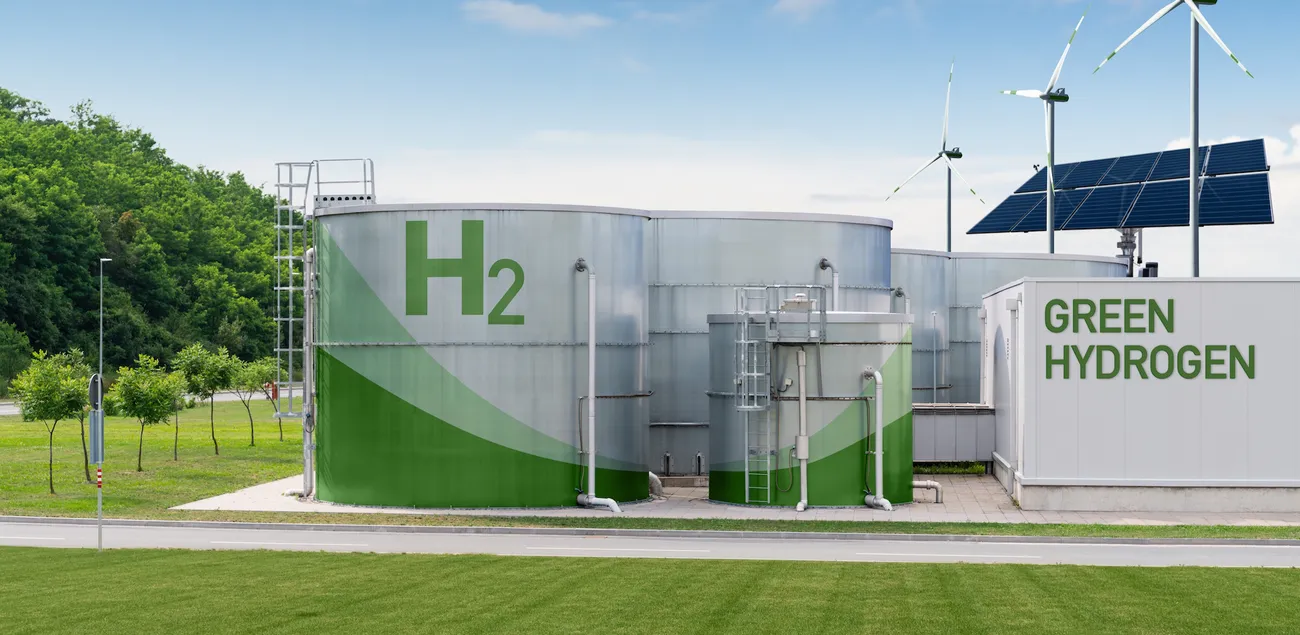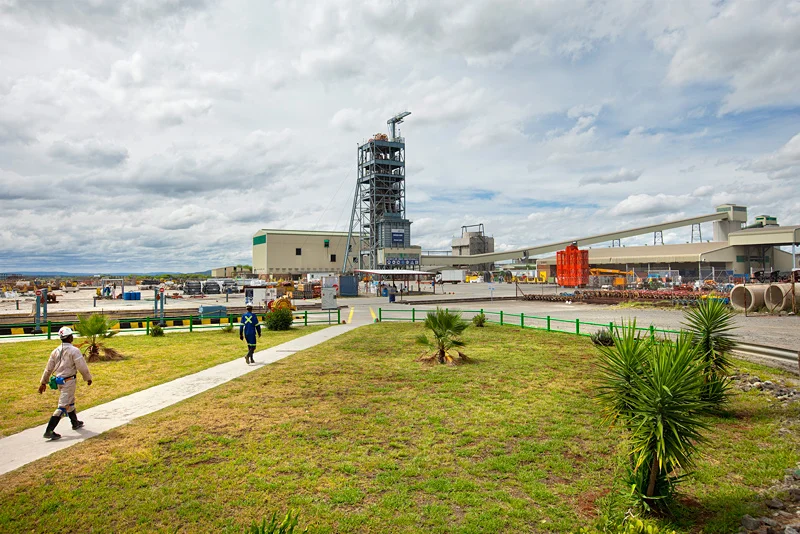
Global platinum production overview
Platinum is a critical precious metal used in automotive catalytic converters, industrial applications, and jewelry. Over the past few years, its use in green hydrogen applications and fuel cells has further increased its strategic importance. Platinum production worldwide amounted to about 236 metric tons in 2024, of which South Africa produced more than 70%. Russia, Zimbabwe, and Canada also produce smaller but significant quantities.
South Africa’s Bushveld Complex is still the world’s largest source of platinum group metals (PGMs), and vertically integrated platinum mining firms have large underground and open-pit projects. Yet power shortages, labor unrest, and old infrastructure still crimp growth in production.
Market dynamics have moved in response to softening diesel vehicle demand (a historic platinum consumer) and developing interest in hydrogen-powered vehicles and industrial decarbonization. These are altering the long-term demand picture for platinum and rendering the sector ever more compelling for strategic investors.
Major platinum mining firms
The platinum industry is controlled by a few big, diversified mining companies with large operations and integrated supply chains:
Anglo American Platinum (Amplats): The world’s largest producer of platinum, based in South Africa. Amplats owns principal assets like Mogalakwena, the world’s biggest open-pit platinum mine, and Amandelbult. In 2024, the firm produced about 1.86 million ounces of platinum. Its vertical integration from mining to refining to marketing positions it as a foundation of international supply.
Impala Platinum (Implats): A further large South African platinum miner operating in Rustenburg, Marula, and Zimbabwe (Zimplats). Implats mined around 1.38 million ounces of platinum in 2024 and has been building its portfolio via acquisitions and brownfield developments.
Sibanye-Stillwater: Initially gold-centric, Sibanye has emerged as a major player in PGMs, especially with the acquisition of the Stillwater mine in Montana, USA — a principal palladium mine with platinum as a by-product. It has geographically diversified and is aggressively investing in battery metals.
Northam Platinum: A South African mid-tier company with increasing production, Northam has the Zondereinde and Booysendal mines in its portfolio. It has attracted investor attention for its cost-efficient operations and consistent production growth.
These platinum firms dominate a significant portion of the world’s production and are key to market pricing and supply chain stability. Their operating performance is scrutinized by institutional investors and analysts.
New entrants in the platinum industry
Although the platinum market is dominated by South African giants, a number of upstart mining firms are making calculated forays into or expansion in the industry:
Tharisa plc (South Africa): While most renowned for its chrome business, Tharisa boasts an expanding PGM portfolio, which includes the Karo Platinum project, and has its sights set on building its platinum presence.
New Age Metals (Canada): PGM exploration in North America, specifically the River Valley Project in Ontario — one of Canada’s largest undeveloped primary PGM deposits.
Ivanhoe Mines (Canada): Ivanhoe is building a high-grade, long-life PGM mine with modern mechanized operations and a strong emphasis on sustainability through its Platreef project in South Africa.
African Rainbow Minerals (South Africa): ARM is a diversified miner that has exposure to PGMs via its interest in Modikwa Platinum Mine and other joint ventures.
These new platinum miners have the potential to grow significantly but are constrained by financing, regulatory approvals, and infrastructure. Nevertheless, they are essential for diversification in a supply-concentrated market.
Investment risks and opportunities
Platinum stocks offer a combination of potential and challenge for investors wanting to gain exposure to precious and strategic metals:
Opportunities:
- Increasing demand due to green hydrogen, fuel cells, and industrial decarbonization.
- Supply limitations in South Africa should prop up prices if demand revives.
- Investing in PGMs is a hedge against inflation and currency risk.
Risks:
- Operational instability in South Africa: power outages, labor unrest, and regulatory issues.
- Demand uncertainty owing to EV transition and lower diesel vehicle output.
- Price fluctuations caused by speculative trading and macroeconomic changes.
Investors ought to favor platinum mining firms with solid cost structures, diversified businesses, and exposure to future-looking applications like hydrogen and fuel cells. Examining debt levels, political risk exposure, and forward contracts is also paramount in determining long-term performance.
Technological innovation and sustainability
Platinum firms are ramping up investment in technology and sustainability to enhance operational resilience and attract ESG-focused investors:
Mechanized mining: Ivanhoe and Amplats are at the forefront of developing mechanized and automated mining techniques to enhance efficiency and safety for workers in deep-level mines.
Water and energy management: Northam and Sibanye-Stillwater have introduced sophisticated water recycling plants and incorporate renewable energy sources into their energy mix to lower carbon intensity.
Tailings reprocessing and circular economy: Major companies are investing in tailings recovery and secondary PGM production to reduce environmental footprint and boost metal yield.
Carbon reporting and governance: Platinum miners are conforming to global frameworks like the Task Force on Climate-related Financial Disclosures (TCFD) and ESG ratings to enhance transparency and stakeholder confidence.
These technological changes are not just boosting productivity but are also essential to retaining social licenses to operate and accessing long-term investor capital.
Future prospects of the platinum sector
The future of the platinum sector is becoming more tied to energy transition patterns and industrial decarbonization. Though conventional demand from the automotive industry might plateau, new uses in hydrogen fuel cells, electrolysis, and aerospace present encouraging growth opportunities.
The Hydrogen Council predicts that demand for platinum due to hydrogen technologies may increase three- to fourfold over the period until 2040. Moreover, a tightening of supply conditions and geopolitical tensions in South Africa and Russia may underpin medium-term price appreciation.
Nevertheless, the sector needs to overcome mine depletion, energy limitations, and elevated capital expenditure demands. Those platinum businesses that are able to innovate, geographically diversify, and align themselves with decarbonisation trends will be well-placed to dominate the market.
FAQ
What company mines the most platinum?
Anglo American Platinum is the largest producer of platinum in the world and accounts for around 1.86 million ounces every year. Its South African assets, particularly the Mogalakwena and Amandelbult mines, are some of the most prolific in the world. As Anglo American’s PGM flagship, Amplats is at the heart of international supply chains.
What are the best platinum stocks to buy?
Leading platinum shares are Anglo American Platinum, Impala Platinum, Sibanye-Stillwater, and Northam Platinum. They provide strong production levels, vertically integrated models, and exposure to increasing industrial demand. For speculative investors, juniors such as Ivanhoe Mines and New Age Metals provide high-risk, high-reward exposure tied to new project developments.
Who is the biggest producer of platinum?
South Africa is the biggest country producer of platinum, accounting for more than 70% of world output. At the company level, Anglo American Platinum is the largest, followed by Implats and Sibanye-Stillwater. These companies have big, high-grade mines in the Bushveld Complex — the wealthiest PGM resource in the world.
What are the big 4 mining companies?
The “Big 4” diversified miners are Rio Tinto, BHP, Glencore, and Anglo American. Although they dominate commodities such as iron ore, copper, and coal, they do not dominate platinum mining. Rather, the platinum industry is dominated by South African specialists such as Anglo American Platinum, Implats, and Sibanye-Stillwater.
